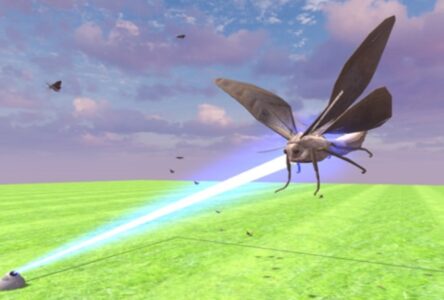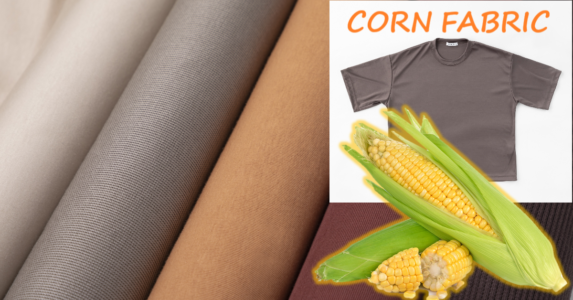Japan’s sushi chain use AI tech for sustainable fishery
Two of Japan’s leading kaitenzushi (conveyor-belt sushi) firms have gone into the fisheries business, a field involving selective fish breeding and farming away from their core restaurant business.

Sushiro’s Challenge
FOOD & LIFE COMPANIES, the operator of the giant SUSHIRO, announces a joint research project with two specialist firms to promote the improvement of fish breeds by genome editing cutting-edge technology.
Amid the recent series of poor catches due to rising sea temperatures from global warming and the fishery damage caused by red tides, innovations in fish breeding by using the advanced technology of genome analysis/editing are an urgent task to secure stable and sustainable fishery resources for the future.
Conventional genome editing methods must follow the Cartagena Act since it contains RNA (ribonucleic acid). The Cartagena Act regulates the use of genetically modified organisms (GMO).
But this new technology does not contain RNA. So it should be handled in the same way as existing methods of selecting superior breeds or mutating them with radiation or chemical agents.
Kura Sushi’s Challenge
Japan used to be the world’s largest fishery nation, but today the country is falling behind the rest of the world. One factor lies behind this drop: a lack of workers.
Why is this happening? Besides the low birth rate and ageing society in Japan, many young people tend to move to the cities. And also the fact that the fishery industry involves jobs against nature with a harsh working environment.
To solve this issue, Kura Sushi took on “smart aquaculture” using AI to promote sustainable fisheries with its newly established KURA OSAKANA FARM (KURAおさかなファーム株式会社).
This new company collaborates with UMITRON PTE. LTD. in using the UMITRON CELL, a smart feeding machine with AI and IoT technology developed by UMITRON.
Feeding covers more than 50% of the total operating costs in aquaculture, placing a burden on the producers’ profits.
In the past, people often speculated based on experiences: “if we give the fish this much food at this time, they will probably eat it”. But overfeeding can lead to eutrophication and red tides at sea, with negative effects on the sustainability of marine resources. By giving the required amount of feeds at the right time, you can efficiently speed up the fish’s growth rate whilst reducing food loss itself.
An aquaculture operator that actually uses the UMITRON CELL system says that they can now cultivate striped jack in a year and a half instead of the usual two years before they are ready for shipment.
We have a network of Japanese companies keen to expand into the Halal market in Malaysia & Indonesia.
If you are interested in connecting with sustainable technology companies in Japan, simply JOIN the network from below. We will match the right one for you!




